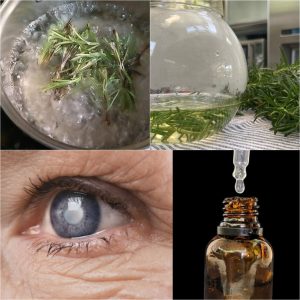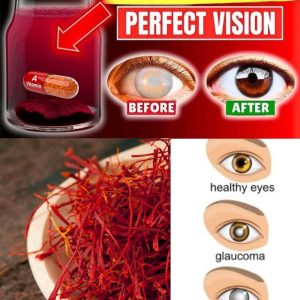Understanding Blood Clots and Their Risks
Blood clots, known medically as thrombi, are clumps of blood that can form in veins or arteries, potentially obstructing blood flow. While clotting helps control bleeding from injuries, abnormal clots can lead to serious conditions like deep vein thrombosis (DVT) or pulmonary embolism. Spotting blood clot symptoms early can be crucial for effective treatment and preventing severe complications.
Common Symptoms of Blood Clots
Typical signs of a blood clot include sudden swelling in a limb (usually one-sided), pain or tenderness that feels like a cramp, and skin discoloration (red or bluish hue). Often, the affected area may feel warm to the touch due to inflammation. More serious symptoms, like shortness of breath, chest pain, or a rapid heartbeat, may indicate a clot in the lungs—a medical emergency that needs immediate attention.
What to Do If You Suspect a Blood Clot
If you notice any symptoms of a blood clot, it’s important to act fast. Avoid massaging the area, as this can cause the clot to dislodge and move to critical organs. Seek medical attention right away. Healthcare providers may use imaging tests or blood work to confirm the presence of a clot and will likely prescribe anticoagulants or other treatments to prevent further clotting.
Prevention and Staying Safe
Prevention strategies include maintaining a healthy lifestyle, staying hydrated, avoiding long periods of inactivity, and managing health conditions. Regular exercise and awareness of risk factors can reduce the chances of developing blood clots. People at higher risk may be prescribed blood thinners as a preventive measure. Always consult a healthcare provider if you’re concerned about blood clots or have high-risk factors.





